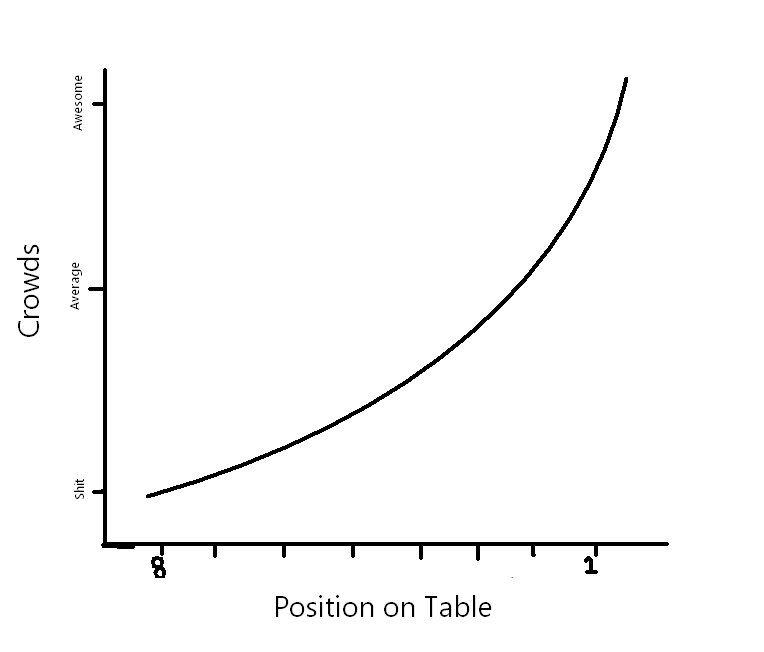FFA keeps marketing powder dry but admits numbers aren't adding up
Sebastian Hassett
September 23, 2008
FOOTBALL Federation Australia will wait until the end of the AFL and NRL seasons before it unloads a marketing blitz to help counteract the sluggish attendances which have blighted the opening five rounds of the new A-League season.
The depth of the problem was revealed at the weekend with two of the game's biggest-drawing teams, Sydney and Queensland, failing to draw sizeable numbers despite playing marquee matches against old rivals Adelaide and reigning premiers Newcastle respectively.
Just more than 12,000 turned up for each game, about 4000 below last season's average home gate for each club. In Gosford on Saturday night, a shade more than 9000 fans came to watch the Mariners take on Melbourne Victory, fewer than half the 18,686 who saw their previous encounter, on New Year's Eve at Bluetongue Stadium. Even worse was to follow a day later, when a pitiful 4433 turned up as Perth recorded their first win of the season, at home to Wellington, a game which drew more than 7100 last season.
The combined figure amounted to 38,008, the lowest of the year so far, undercutting the 38,788 total from round two that initially gave oxygen to concerns about how the competition's crowds would fare after successive years of growth.
While Football Federation Australian still refuses to allow A-League chief Rob Abernathy to speak with the media, head of corporate and public affairs Bonita Mersiades said there was a growing concern about the crowds. "Look, it's disappointing and it's obviously something that we're going to be talking to the clubs about," Mersiades told the Herald yesterday. "We think there are a range of circumstances as to why [crowds are down] and we're actively working with clubs and the senior officials within clubs about improving those figures.
"One of the things we're looking at with crowds is what they're doing and why they're doing it. If you look across a range of activities, whether it be sport or other, it's probably fair to say crowds are not as high as they might normally be."
Mersiades said while the FFA had substantially lifted the funds available for advertising, the timing of the A-League's start meant it would have been prohibitively expensive to promote the league as much as it would have liked.
"The marketing budget has increased, but because of the impact of the Olympics, we haven't cut in yet with the marketing and advertising budget," she said. "The sheer cost of advertising during the Olympics and now the finals series of the other two competitions is very high, so it has been timed to have a much bigger impact once all that is over."
Having made an effort to promote the A-League as a summer sport, Mersiades believes this, and the current global financial squeeze, could also be affecting crowds.
"Generally the pattern of the A-League is that the crowds are low at the beginning and then they start picking up, I think that's for a number of reasons," she said. "The current economic climate could have some bearing on whether people come to games or not. Up to last weekend, weather had an impact as well, particularly as we started earlier this year in August
"The competition is very much positioned as being a summer competition, even if it's usually a winter sport usually for those who have played it. As the season goes on and those other competitions stop, there is less competition."
Mersiades added while Perth had "not yet" offered a reason for their particularly poor attendances, the FFA would work with the club to solve its crowd woes.



